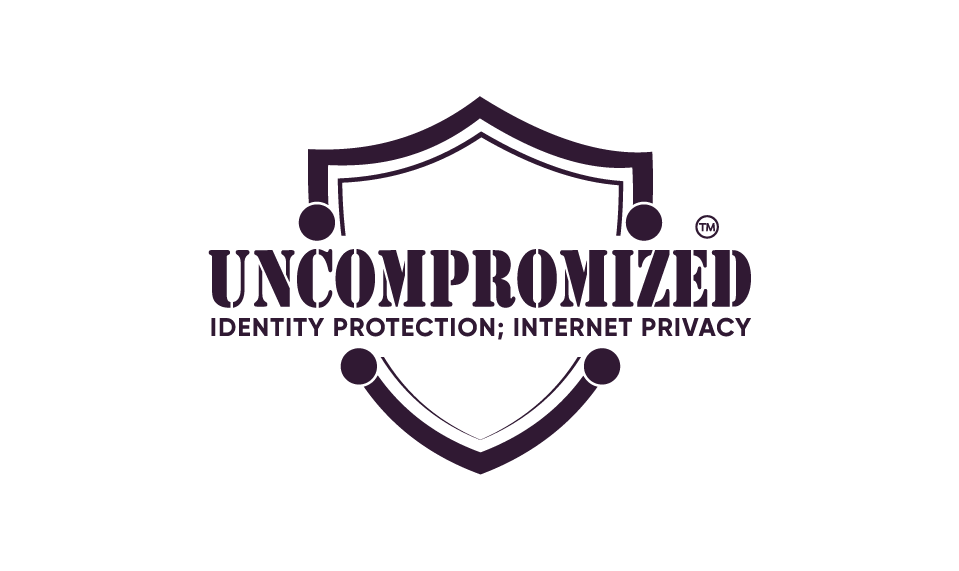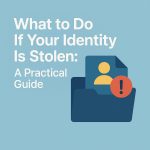Phishing scams have been a persistent cybersecurity threat for years, but 2024 has seen an unprecedented surge in their sophistication and frequency. Cybercriminals are no longer relying on poorly written emails riddled with grammatical errors. Instead, they are deploying AI-driven attacks, leveraging real-time data, and using social engineering tactics that make even the most vigilant users fall prey. The consequences? Stolen identities, compromised corporate networks, and millions of dollars in financial losses.
The Evolution of Phishing: What’s Changed in 2024?
- AI-Powered Phishing Attacks
Attackers are now using artificial intelligence to craft highly personalized phishing emails. AI tools scrape publicly available information from social media, corporate websites, and leaked data breaches to make emails appear more authentic. These emails mimic real communication patterns, making them incredibly convincing. - Voice Phishing (Vishing) and Deepfake Scams
With advancements in voice cloning and deepfake technology, cybercriminals can now impersonate CEOs, managers, and even family members. Employees are receiving phone calls from what sounds like their boss instructing them to transfer funds, disclose sensitive data, or reset corporate passwords. - Multi-Stage Phishing Attacks
Instead of a single email requesting login credentials, phishing attacks have become multi-layered. Attackers first send an email to build trust—perhaps an invoice or an HR announcement. A second email follows, appearing as a continuation of the conversation, subtly tricking users into providing access credentials. - Real-Time Phishing Kits
These sophisticated kits allow cybercriminals to replicate websites and capture login credentials in real time. When a user enters their credentials on a phishing site, the information is instantly relayed to attackers, who then log into the actual site before the user realizes the deception. - Compromising Personal Accounts to Breach Corporations
Cybercriminals know that people reuse passwords across work and personal accounts. If they successfully compromise a personal email or social media account, they can often use that access to infiltrate corporate systems. This method, known as “island hopping,” allows attackers to move from personal accounts to business environments seamlessly.
How Attackers Exploit Personal Accounts to Target Businesses
1. Credential Stuffing
Many users still reuse passwords across multiple sites. Attackers use previously leaked credentials and test them on corporate portals. If an employee’s personal account has been breached, chances are their work login credentials could also be at risk.
2. Business Email Compromise (BEC)
Once attackers gain control of a personal email account, they can monitor conversations and use that information to launch Business Email Compromise (BEC) attacks. These scams often involve impersonating executives and convincing employees to transfer money or share sensitive data.
3. Social Engineering via Social Media
Hackers frequently use social media to gather information about employees, their workplace, and their personal interests. A well-crafted phishing email can reference specific personal details, making it far more convincing and increasing the likelihood of success.
4. Exploiting Weak Personal Security Practices
Unlike corporate systems, personal accounts often lack robust security measures like multi-factor authentication (MFA). If an attacker gains access to an employee’s personal email, they may use it to reset work-related passwords and bypass corporate security layers.
Real-Life Examples of Devastating Phishing Attacks
- Twilio Attack: Cybercriminals used SMS-based phishing (smishing) to target employees, tricking them into revealing credentials. This breach allowed attackers to access Twilio’s customer data.
- MGM Resorts Breach: Hackers used social engineering techniques, contacting an IT helpdesk and pretending to be an employee who needed a password reset. The result? A major data breach that cost millions in damages.
- Mailchimp Incident: Attackers compromised employee credentials through phishing, leading to unauthorized access to customer data and impacting multiple businesses.
How to Protect Against Phishing Attacks
1. Educate Employees About Phishing Trends
Regular security awareness training can help employees recognize phishing attempts. Organizations should conduct simulated phishing exercises to test employee response and improve resilience.
2. Implement Multi-Factor Authentication (MFA)
MFA adds an extra layer of security by requiring users to verify their identity using a secondary method, such as a mobile authentication app. Even if attackers obtain a password, they will still need an additional authentication factor to gain access.
3. Encourage Strong, Unique Passwords
Using a password manager can help employees generate and store complex, unique passwords for each account, reducing the risk of credential stuffing attacks.
4. Monitor for Dark Web Exposure
Companies should regularly scan the dark web to check if employee credentials have been compromised. Early detection allows organizations to take preventive action before hackers can exploit leaked information.
5. Strengthen Personal Security Habits
Employees should be encouraged to apply strong security measures to their personal accounts. Enabling MFA on personal emails and social media accounts can prevent attackers from using personal breaches as entry points into corporate networks.
The Role of Uncompromized in Digital Security
With phishing attacks growing more sophisticated, businesses need a proactive approach to protect their employees both at work and at home. Uncompromized offers an all-in-one solution that combines dark web monitoring, public web monitoring, identity theft protection, and data broker privacy scrubbing under one platform. By minimizing digital footprints and securing personal data, Uncompromized helps prevent phishing attacks before they escalate into major corporate breaches by removing your email and so much more from sleazy data broker sites.
Cybercriminals are evolving their tactics, but so can we. Securing personal accounts isn’t just about protecting individuals—it’s about safeguarding entire organizations. Don’t wait for the next phishing attack to strike. Take action today.





